Synaptotagmin 7 docks synaptic vesicles to support facilitation and Doc2α-triggered asynchronous release
- PMID: 38536730
- PMCID: PMC10972563
- DOI: 10.7554/eLife.90632
Synaptotagmin 7 docks synaptic vesicles to support facilitation and Doc2α-triggered asynchronous release
Abstract
Despite decades of intense study, the molecular basis of asynchronous neurotransmitter release remains enigmatic. Synaptotagmin (syt) 7 and Doc2 have both been proposed as Ca2+ sensors that trigger this mode of exocytosis, but conflicting findings have led to controversy. Here, we demonstrate that at excitatory mouse hippocampal synapses, Doc2α is the major Ca2+ sensor for asynchronous release, while syt7 supports this process through activity-dependent docking of synaptic vesicles. In synapses lacking Doc2α, asynchronous release after single action potentials is strongly reduced, while deleting syt7 has no effect. However, in the absence of syt7, docked vesicles cannot be replenished on millisecond timescales. Consequently, both synchronous and asynchronous release depress from the second pulse onward during repetitive activity. By contrast, synapses lacking Doc2α have normal activity-dependent docking, but continue to exhibit decreased asynchronous release after multiple stimuli. Moreover, disruption of both Ca2+ sensors is non-additive. These findings result in a new model whereby syt7 drives activity-dependent docking, thus providing synaptic vesicles for synchronous (syt1) and asynchronous (Doc2 and other unidentified sensors) release during ongoing transmission.
Keywords: asynchronous release; cell biology; iGluSnFR; mouse; neuroscience; short-term plasticity; synaptic vesicle docking; synaptotagmin; zap-and-freeze.
© 2023, Wu, Kusick et al.
Conflict of interest statement
ZW, GK, MB, SR, KI, AW, EC, SW No competing interests declared
Figures

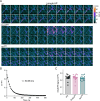


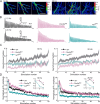

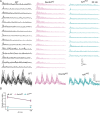

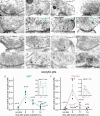
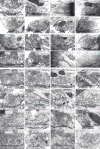
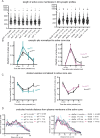
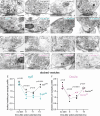


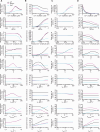






Update of
- doi: 10.1101/2022.04.21.489101
- doi: 10.7554/eLife.90632.1
- doi: 10.7554/eLife.90632.2
References
MeSH terms
Substances
Grants and funding
- NS105810/NS/NINDS NIH HHS/United States
- T32 GM007445/NH/NIH HHS/United States
- S10RR026445/NH/NIH HHS/United States
- R01 NS105810/NS/NINDS NIH HHS/United States
- T32 GM007445/GM/NIGMS NIH HHS/United States
- NS111133-01/NS/NINDS NIH HHS/United States
- S10 RR026445/RR/NCRR NIH HHS/United States
- Investigator/HHMI/Howard Hughes Medical Institute/United States
- DP2 NS111133/NS/NINDS NIH HHS/United States
- R01 MH061876/MH/NIMH NIH HHS/United States
- R35 NS097362/NH/NIH HHS/United States
- NS132153-01/NS/NINDS NIH HHS/United States
- R01 MH061876/NH/NIH HHS/United States
- R35 NS132153/NS/NINDS NIH HHS/United States
- R35 NS097362/NS/NINDS NIH HHS/United States
LinkOut - more resources
Full Text Sources
Molecular Biology Databases
Research Materials
Miscellaneous

